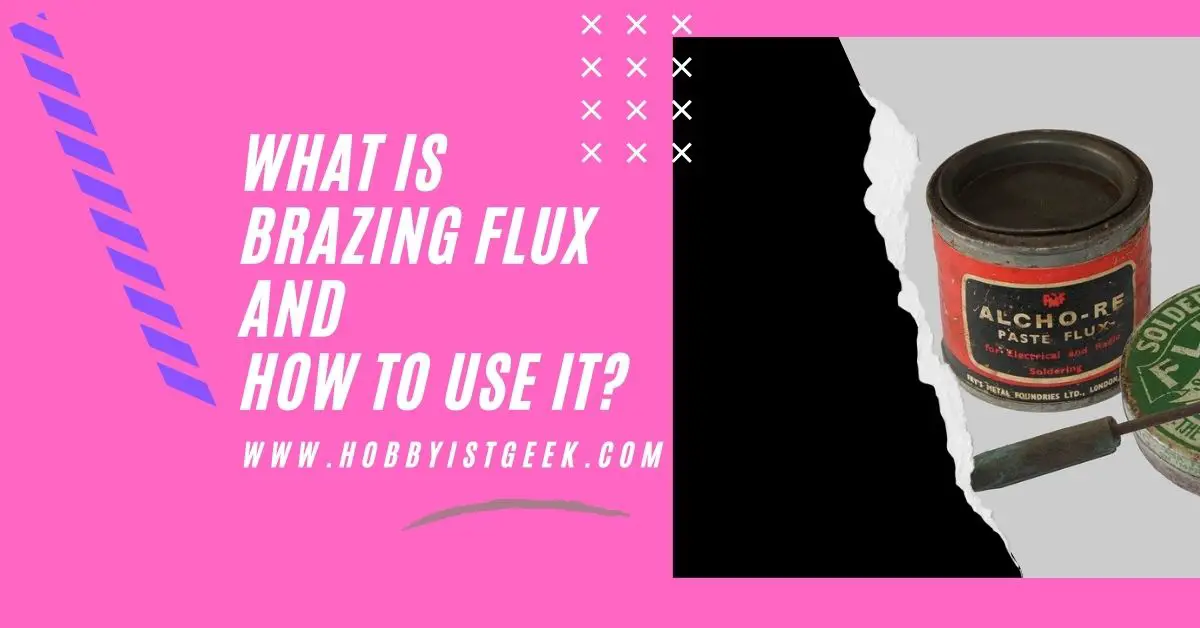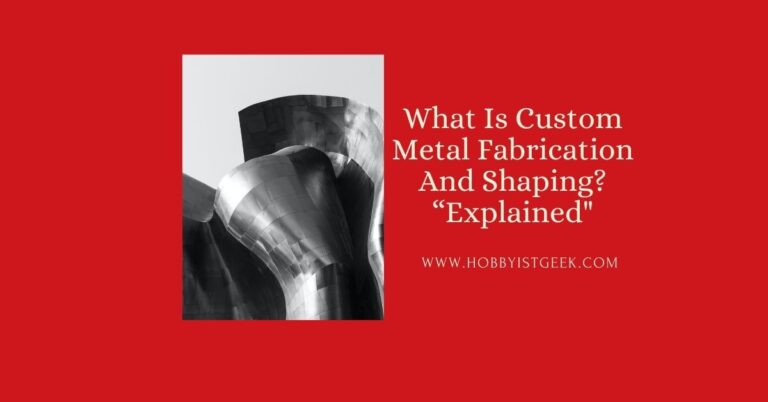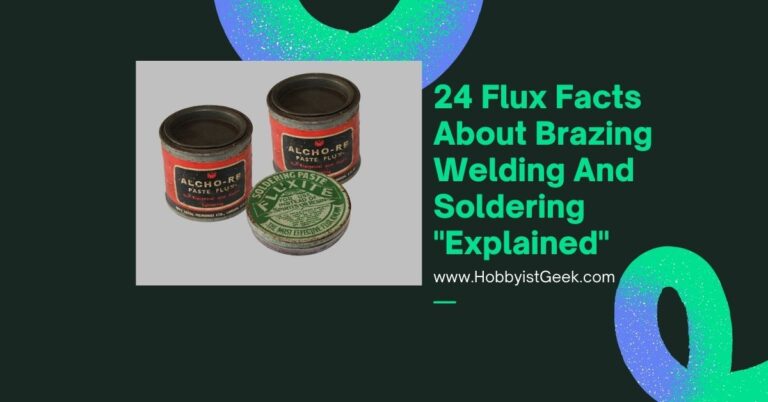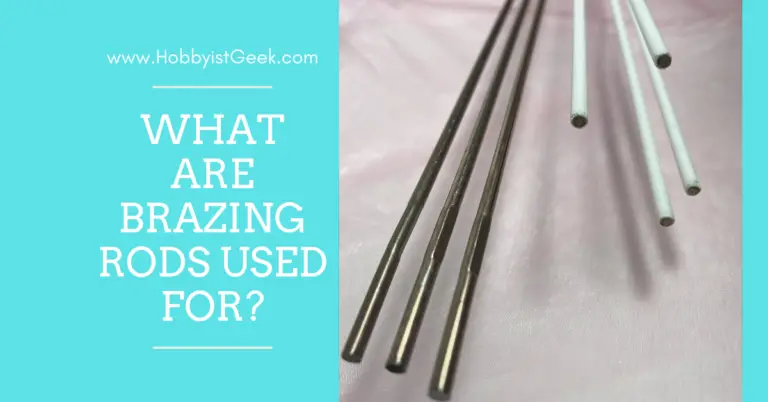What Is Brazing Flux And How To Use It?
What Is Brazing Flux And How To Use It? is our topic to go over in great detail.
Brazing is the art of combining two metals using a heat source and it is a truly fascinating hobby to many people.
Brazing is becoming increasingly more popular amongst the general public, and that is why we will look at the art of brazing in this article. In particular brazing flux, what is it, and how do we use it?
Brazing flux is a chemical applied before joining two metals together.
Brazing flux is used to prevent oxidation and to eliminate any oxidized particles before the merging of the two metals.
In this article, we will tell you everything you need to know about Brazing flux! So, without further ado, let’s get started!
Which Flux Is Used In Brazing?
Anyone who has experience with using flux in their life will know the incredible amount of different types that are on the market, and this raises the question, which flux type is used in the brazing process? Let’s find out!
There are many different flux types on the market, and generally, they should all work great for simple brazing.
White flux and borax-based fluxes are recommended if you are looking for great flux types. Flux is also a personal preference; you will quickly build up a preference when you get more experienced.
What Is Brazing Flux Made Of?
As you can imagine there are quite a few chemicals involved in the making of flux.
This raises many questions, one of the important ones of course being, what is brazing flux made of? Let’s take a look at the composition of brazing flux!
The exact answer to this question depends on the type of flux you are using, but in general brazing flux is a mixture of certain potassium salts or fluorides and borates in a base of water.
This combination works best to prevent oxidation on the joint you are brazing!
Using Flux for Oxygen Acetylene Brazing
What Is The Purpose Of Flux?
We have been looking at many things surrounding brazing flux, and we have briefly looked at its purpose, but this deserves some more attention. Because why do we even use flux when brazing in the first place? Let’s see why!
We use brazing flux to prevent air from entering the joint when brazing. This ensures a stronger bond between the two metals and prevents oxidation from occurring.
Applying flux is an important part of the brazing process and should not be skipped if you are looking to achieve the best result possible.
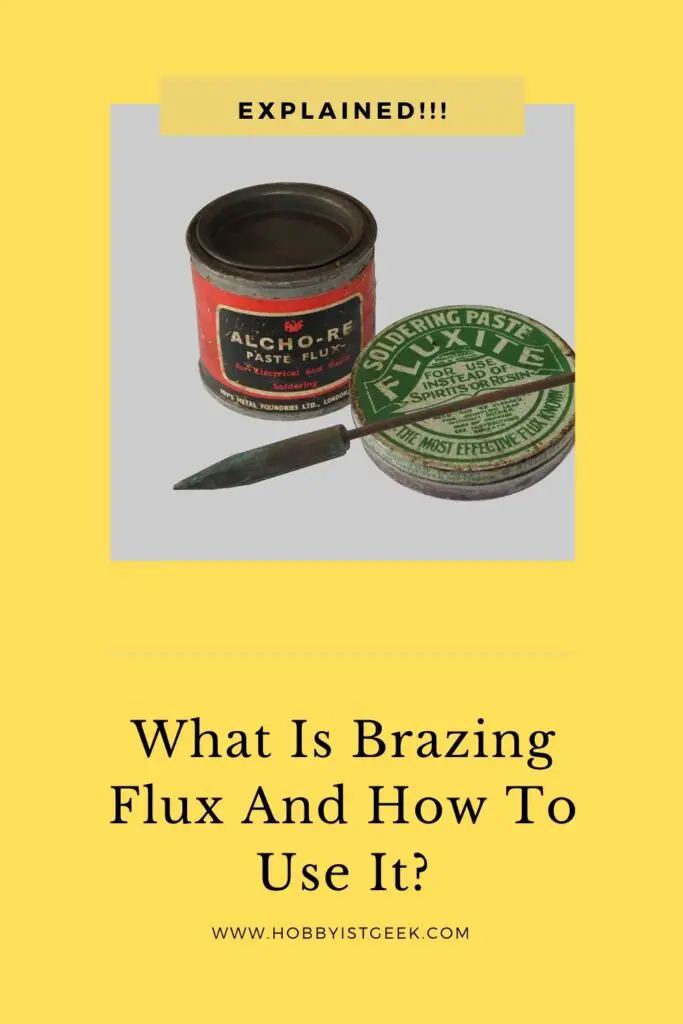
Do You Need Flux?
This leads us straight into the next question that we will be looking at today, do you need flux? Or can you simply start brazing without the need for all these complicated chemical compounds? Let’s see if we need flux!
In theory, you do not need flux, you will still be able to join two metals together without flux.
However, fluxing is strongly recommended as it significantly strengthens the bond between the metals, and it prevents oxidation which saves you a lot of worries in the long term.
So, it is not absolutely required but strongly recommended for sure!
Is Flux Toxic?
All these talks about chemical compounds and oxidations lead to many people asking the question, is brazing flux toxic? And for all the right reasons! Let’s take a look at flux and its toxicity!
This too is incredibly dependant on the type of flux you’re using. Rosin flux is known to be quite toxic, but other flux products are not toxic at all.
Flux itself isn’t toxic, the fumes that form when the flux is burned can be dangerous, and therefore they shouldn’t be inhaled when brazing!
Be sure to work in a well-ventilated room and wear protective gear if needed.
What Is The Best Flux?
The next question that of course arises now that we know about the importance of flux in brazing is, what is the best flux on the market?
Quality is key and as a hobbyist, we are looking for great quality flux, but which one is it?
Once again, this truly is a matter of personal preference. Many people like many different flux types and some even make their flux.
It is recommended to start with one of the established flux brands and then try a few to see which flux you prefer!
Can I Use Lemon Juice As Flux?
Since Flux isn’t exactly cheap people often start looking for household alternatives to use as flux, one such item is lemon juice.
But can you use lemon juice as a flux for brazing, or is this just a myth? Let’s find out!
The answer might come as a surprise, but lemon juice is a great flux! If you have enough lemons laying around it is worth trying to make your lemon juice flux.
The natural chemicals in lemons make it perfect to prevent oxidation, and therefore a great flux!
What Happens If You Eat Flux?
This brings us to the next question in the article, and this one has to do with general health and safety. Believe it or not, but some people ask the question, what happens if you eat flux?
Well, let’s see why you definitely should not eat flux!
Ingesting the heavy chemicals found in flux can have some serious consequences on your body. The chemicals can cause internal burns and blisters throughout your digestive system.
It can also cause many infections and ultimately if you drink too much it will lead to death. It should go without saying, but DO NOT drink or eat flux ever!
Final Thoughts On… What Is Brazing Flux And How To Use It?
All in all, flux is an essential part of the brazing process. It helps to create stronger bonds and prevents oxidation in the long term. It is perfect for many applications but since flux contains strong chemicals it should always be handled with the appropriate care.
Lemon juice can also be used as a great cheap alternative to flux! Thank you for reading and good luck on your brazing journey!
If you enjoyed reading What Is Brazing Flux And How To Use It? you will love What Are The Differences Between Soldering And Brazing? “Explained”.
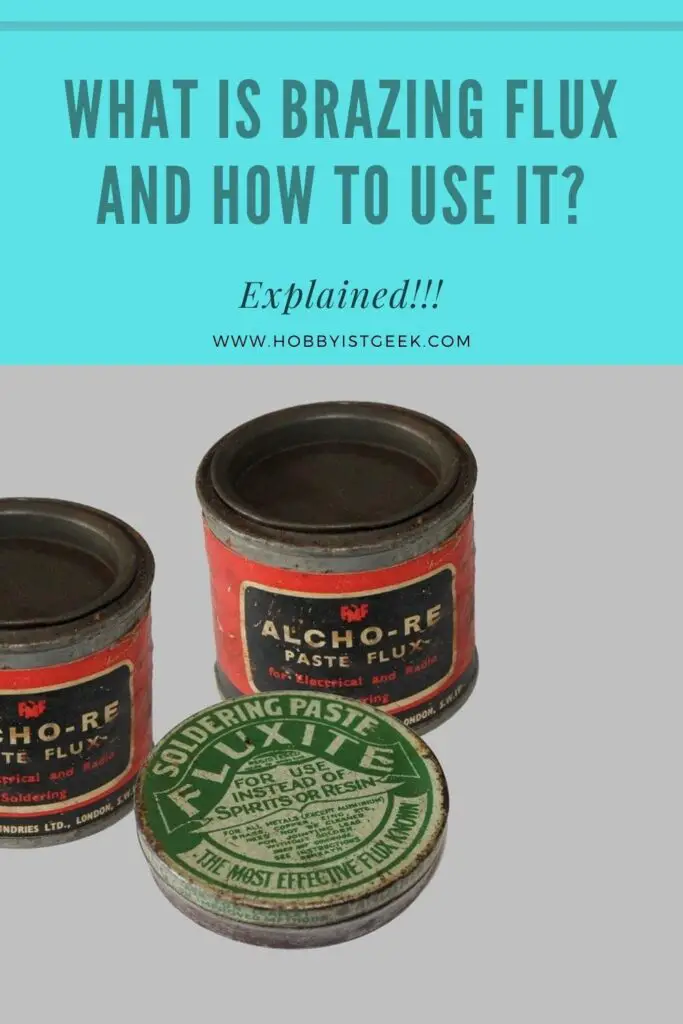
Sources In MLA Format
“Acid Soldering Flux Poisoning.” Mount Sinai Health System, www.mountsinai.org/health-library/poison/acid-soldering-flux-poisoning#:~:text=Swallowing%20such%20poisons%20can%20have,the%20substance%20was%20first%20swallowed.
“Brazing Process Fundamentals: How to BRAZE in Six Steps.” Brazing Fundamentals | Lucas Milhaupt, lucasmilhaupt.com/EN/Brazing-Academy/Brazing-Fundamentals.htm#:~:text=Flux%20is%20a%20chemical%20compound%20applied%20to%20the%20joint%20surfaces%20before%20brazing.&text=A%20coating%20of%20flux%20on,removed%20in%20the%20cleaning%20process.
Experts, Lucas-Milhaupt Brazing. “Choosing Flux for Silver BRAZING.” Choosing Flux for Silver Brazing, blog.lucasmilhaupt.com/en-us/about/blog/how-to-choose-flux-for-silver-brazing#:~:text=Fluxes%20for%20silver%20brazing%20are,and%2For%20conditions%20during%20brazing.
Henson, Bob. “Brazing Flux 101.” The Harris Products Group, www.harrisproductsgroup.com/en/blog/2016/january/brazing-flux-101.aspx.
Lead Soldering Safety, blink.ucsd.edu/safety/occupational/hazard-control/lead-soldering.html.
Oconnor, Michael, et al. “Can You Solder without Flux? (Yes! Here’s How to Do It).” Upgraded Home, 3 June 2021, upgradedhome.com/can-you-solder-without-flux/.
- Jewelry Making Ideas: Seasonal Crystal Trends That Command Premium Prices - May 31, 2025
- Evil Eye Hand: Unveiling the Mystical Origins and Meanings - February 2, 2024
- Amegreen Amethyst Meaning: Discover the Hidden Magic! - February 2, 2024

